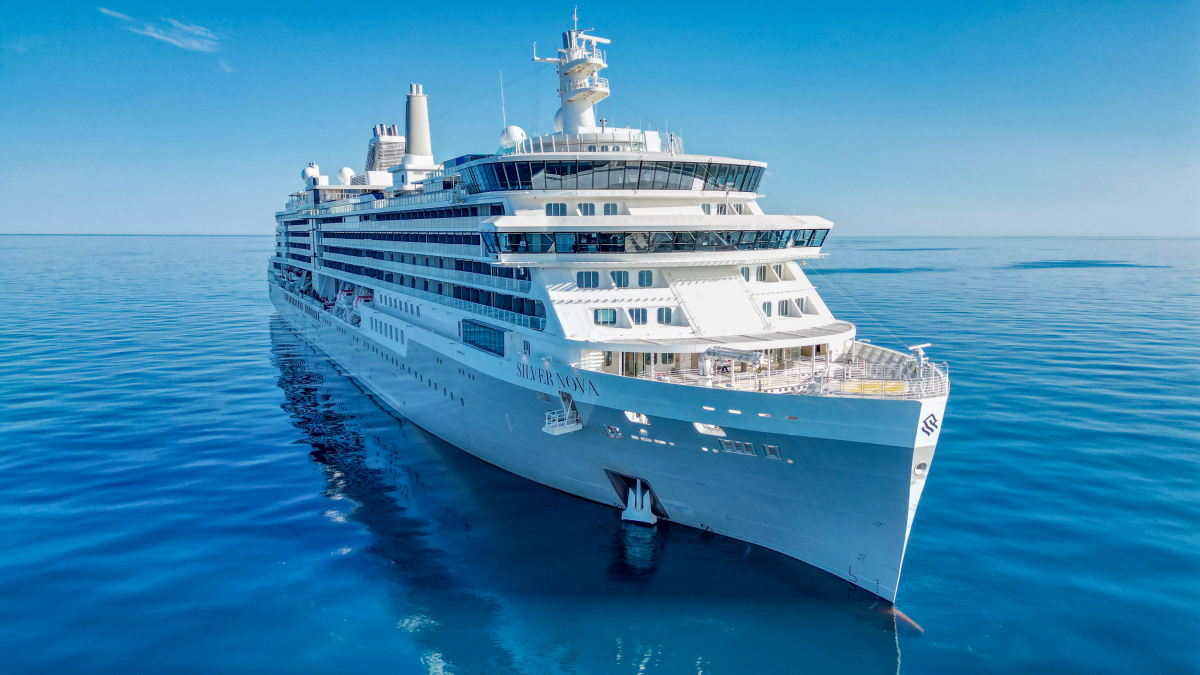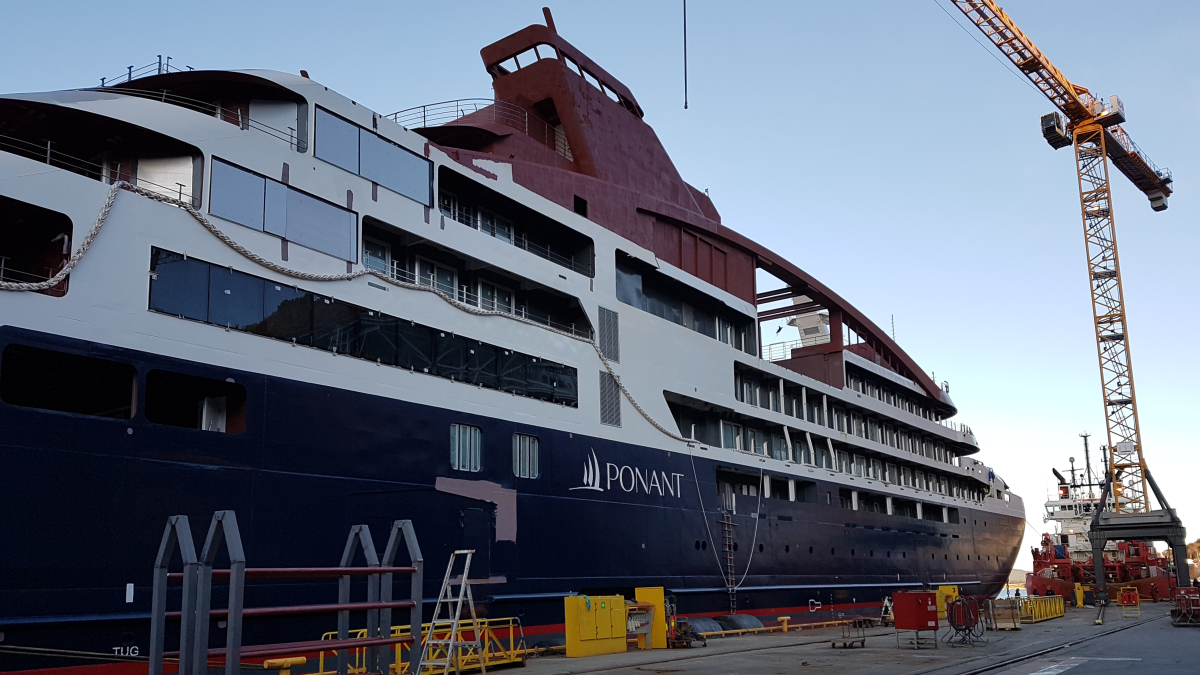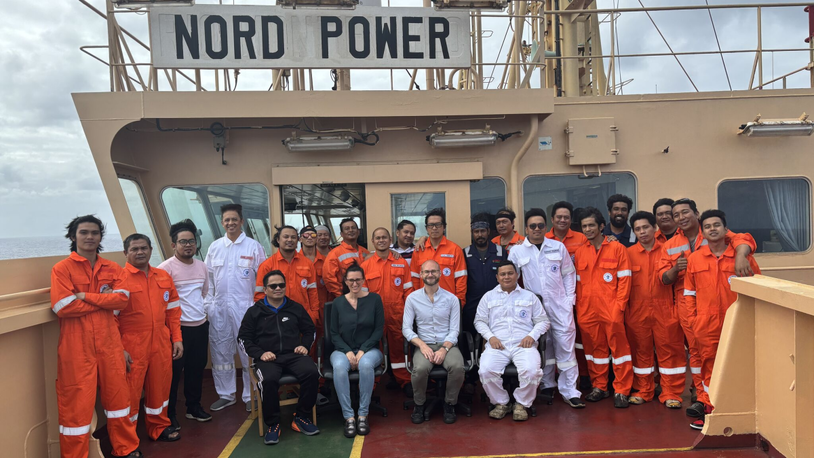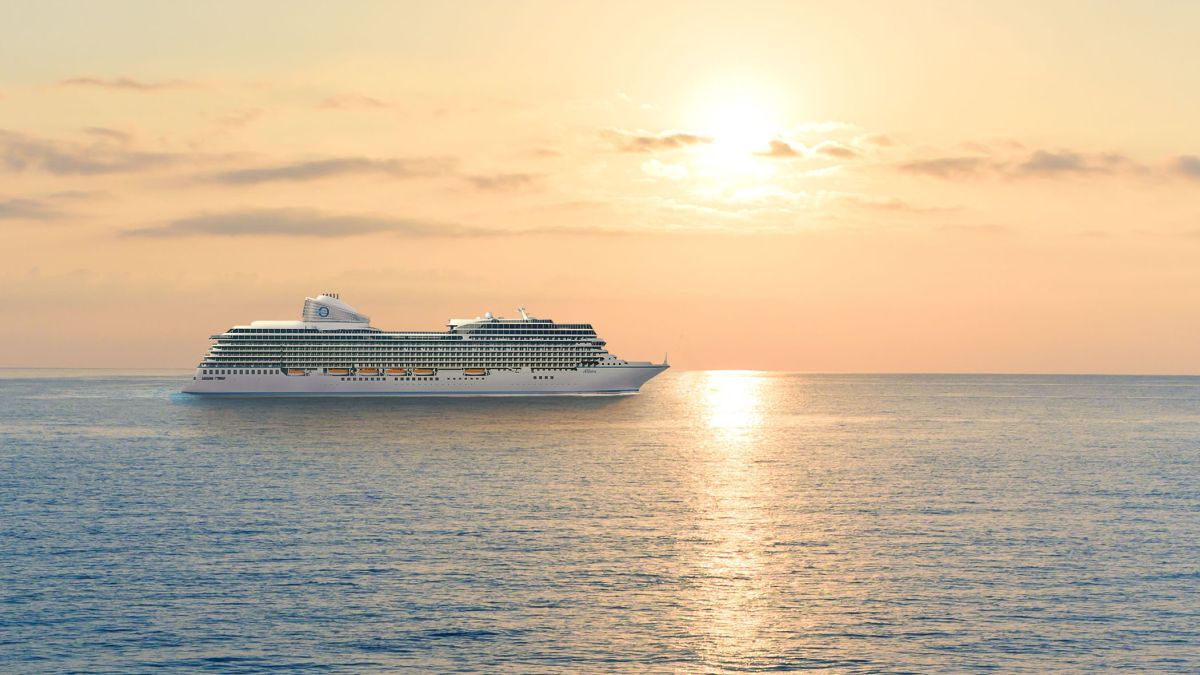Business Sectors
Events
Contents
Register to read more articles.
Cruise ship industry: bouncing back
New ship orders and deliveries highlight a cruise industry that is finally rebounding from the pandemic
Cruise ship orders and deliveries have cautiously bounced back since the industry ground to a halt due to the impact of the pandemic. The selling of second-hand vessels, growth within the small luxury ship sector and an increase in the use of alternative power have all been notable trends in 2023.
Prior to the pandemic, the cruise industry was booming. Veson Nautical valuation analyst, Oliver Kirkham, notes that 2017 and 2018 saw the highest number of cruise ships ordered per year on record, with small, high-end luxury/expedition vessels emerging as a promising new market sector.
These ships were scheduled for delivery over the period of 2020-2022; as a result of the pandemic, most of these vessels were postponed to later delivery dates. Mr Kirkham says: “Despite the financial difficulties encountered by most cruise operators over the past three years, the cruise sector still saw high numbers of new vessels added to the fleet. The total passenger capacity of the global cruise sector hence continued to climb ever higher.”
To survive the pandemic, Mr Kirkham says that the largest operators “borrowed copiously”, and “downsized their fleets”. According to Veson Nautical data, Carnival, for example, either scrapped or sold 20 of its oldest vessels.
Mr Kirkham comments: “For interested buyers, this was an opportunity to capitalise on a highly distressed market, to add capacity to existing fleets or make speculative purchases.”
Fred Olsen Cruise Lines managed to acquire the two ex-Holland America ships Amsterdam and Rotterdam for a total of US$37M, replacing its two 40-year-old liners, Black Watch and Boudicca, which were sent for scrap.
“Also of particular note was the speculative purchases made by SeaJets - a Greek ferry operator with no previous history of cruise ship operation,” points out Mr Kirkham.
According to Veson Nautical, SeaJets bought six vessels from Carnival in 2020 at near scrap value; several of these vessels have recently been sold on to other cruise lines.
Veson Nautical’s VesselsValue brand splits cruise ships into three sizes: mega cruise ships, which are over 170,000 GT; large cruise ships, which are between 90-159,999 GT; and small cruise ships of 89,999 GT and under. There is a difference in the ordering of these different vessels.
No new orders for mega cruise ships have been placed since 2019. But, as Mr Kirkham points out, recent promising news is that MSC has executed its option for the construction of two of the largest cruise vessels in the world. The projects were originally contracted in 2017 as options. “The fact that MSC has committed to their construction shows growing confidence in the sector,” comments Mr Kirkham.
But he singles out a contrasting theme: “On the other hand, Carnival has stated that its financial objectives are to reduce and refinance the colossal amount of debt (US$31.3Bn as of Q3 2023) taken on to survive the pandemic, rather than attempt to raise the circa US$1.3Bn required to finance a newbuild mega-ship project.”
An additional factor keeping the cruise orderbook on the low side is high material costs from global inflation, which has pushed build costs ever-higher, Mr Kirkham observes.
In contrast to the mega-vessel sector, confidence in the small luxury vessel sector is evident, with small vessels occupying over half of the 2022/23 orderbook. Companies such as Four Seasons and Ritz Carlton have inked orders for two such vessels a piece, with a “focus on creating an ultra-luxury, superyacht-styled experience targeted at the ultra-high net worth customer,” says Mr Kirkham.
In 2023, a total of 23 cruise ships were delivered, a high since 2020; 2024 should see 15 ships delivered, with 16 slated for 2025.
In terms of overall orders, 11 were placed in 2023, versus eight last year, and a mere one in 2021, as the industry tried to get back on its feet.
“The cruise sector [has seen] high numbers of new vessels added to the fleet”
Mr Kirkham notes that 2023 was a positive year for the cruise sector, with all indicators showing that the market is set to have a “highly profitable” 2024. In terms of cruise bookings, Mr Kirkham notes: “The industry appears to be in full rebound mode, with record customer deposits and bookings being made throughout 2023, as loyal cruise customers return in droves to their favourite cruise lines.”
He adds: “Q3 financial reports for the ‘big three’ PLCs [Carnival, Norwegian Cruise Line and Royal Caribbean International] show that vessels are operating at over 100% occupancy, and EBITDA figures are firmly back in the positive for the first time since 2019.”
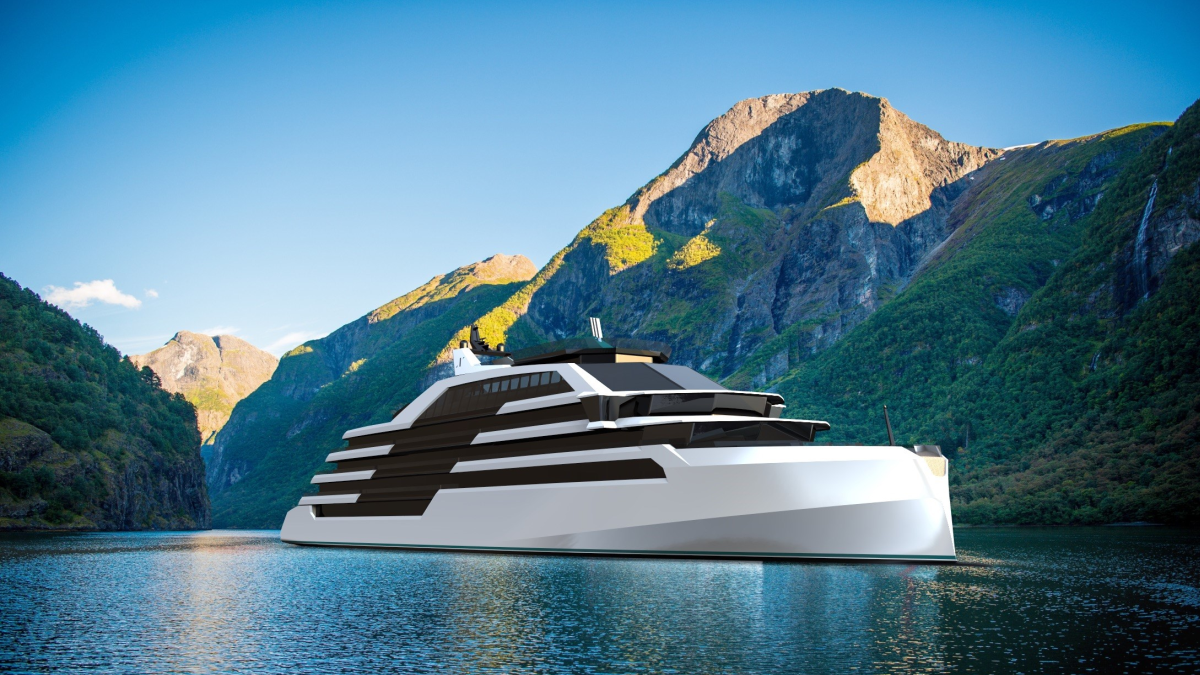
Decarbonisation drive
The need to reach net zero is driving the cruise ship order book. Mr Kirkham says: “The challenges of decarbonisation are set to significantly shape the industry over the next decade. In response to initiatives such as IMO efficiency and air pollution regulations, EU ETS and Mediterranean ECA proposals, both cruise operators and ship builders are focusing on implementing alternative fuel and energy efficiency technologies to future-proof the fleets.”
The trend for the installation of LNG dual-fuel diesel engines (DFDEs) is evident from the newbuild order book. These DFDEs can switch between low-emission LNG to comply with both ECA and IMO/EU carbon intensity regulations, and traditional HFO, giving the vessel greater flexibility to operate economically and compliantly.
But while LNG dominates the cruise ship sector, other alternative fuels are gaining momentum. Mr Kirkham says: "Methanol-ready vessels have also been a favoured newbuild specification in recent years, with companies such as NCL, Disney and Costa moving forward with plans to employ this new fuel. Use of green methanol can theoretically allow a vessel to operate with close to carbon neutrality.”
Veson Nautical’s VesselsValue data on the cruise ships ordered each year by main engine fuel specification show there is a way to go before alternative fuels outpace HFO. In 2022, there was an equal split, with four cruise ships being ordered with dual-fuel engines and four with HFO. In 2023, only two dual-fuel engine cruise ships were ordered, while nine with HFO were contracted.
DNV business development manager, Helge Hermundsgård, also notes LNG and methanol as being core to the cruise sector’s aim to decarbonise, and highlights the importance of flexibility.
He says: "A cruise vessel has a different nature than other merchant vessels, due to passengers onboard, port of call etc. From what we see today, the question is about having flexible designs to meet future opportunities. And not too many options are available, short to medium term. The key trend is linked to LNG, diesel and methanol, and future flexibility for bio-based and synthetic-based versions of these.
“And some [things] high on the agenda for [certain] sectors are low on the agenda for cruise. For example, ammonia has a low attractivity for cruise, due to the odour and toxicity.”
DNV’s Alternative Fuel Insights (AFI) database figures (as of October 2023), show there are 17 LNG fuelled cruise ships in operation and 25 on the orderbook.
The cruise sector is also a big customer of scrubbers, with AFI’s latest report showing there are currently 225 cruises with a scrubber (combining both those in operation and on order).
Batteries are also a growing market for cruise ships, with a focus on using them for shore power, or using them in combination with another form of power. For example, Ponant’s Le Commandant Charcot, delivered in 2021, combines batteries and LNG. The DNV AFI report shows that there are currently 34 cruise ships with batteries in operation.
The cruise sector has also shown a growing interest in hydrogen. Silversea Cruises’ Silver Nova, delivered in 2023, deploys a 4-MW fuel-cell system to complement its dual fuel LNG engines. Hydrogen fuel cells have also been installed in vessels on the latest Royal Caribbean International vessel, Icon of the Seas.
Northern Xplorer is planning to use a combination of hydrogen and batteries for its upcoming fleet of cruise vessels. It is opting for two thirds electricity – through mega batteries – and one third green hydrogen.
Crucially, Northern Xplorer has come together with partners to make a complete hydrogen value chain for its cruise ships. The partners comprise of hydrogen provider and owner of infrastructure, Norwegian Hydrogen, high-capacity hydrogen transfer system supplier HYON, ship designers Multi Maritime and hydrogen storage system provider Hexagon Purus Maritime.
This will no doubt help open the door for other crise ships to deploy hydrogen.
There is also a strong focus in the sector on boosting energy efficiency, to help cut emissions. Mr Kirkham points out that as well as primary alternative fuelling, other technologies to increase efficiency, such as hull-air lubrication, shore-power connections and exhaust gas recirculation, are being installed.
Related to this Story
Women in Maritime Today: Elin Saltkjel says no day working in maritime is dull
Events
Maritime Environmental Protection Webinar Week
Cyber & Vessel Security Webinar Week
The illusion of safety: what we're getting wrong about crews, tech, and fatigue
Responsible Ship Recycling Forum 2025
© 2024 Riviera Maritime Media Ltd.


